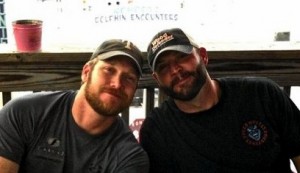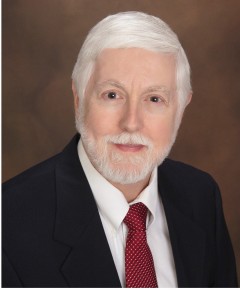By Robert B Young, MD
How do you help someone like Eddie Ray Routh, a troubled Marine veteran? Former Navy SEAL sniper Chris Kyle and his friend Chad Littlefield tried and it cost them their lives. Could it have been different?
Almost all of us know that on February 2, 2013, Kyle and Littlefield took Routh to a shooting range hoping to give him some natural diversion from his service related psychological problems, as they had many times before for other stressed veterans. Routh shot and killed them both right there. Now, just over two years later, he stands convicted of their murders and faces life in prison without parole. In his defense, plenty of evidence was presented about his emotional instability and reality distortion. The jury’s conclusion was that despite all that, he still must have known he was doing wrong when he fired.
Given Routh’s reported symptoms of paranoia, delusions, and perhaps hallucinations, should he have been able to get his hands on a gun at all? Many (like me) favor some legal mechanism to ensure that mentally ill folks like him cannot, so long as their rights are not infringed except temporarily, with due process and ready appeal. But counting on any legal mechanism or law enforcement intervention to ensure that someone ill does no harm and reaches treatment is no different than counting on those resources to keep us safe from criminals. When seconds count, help can be minutes (or days, if seeking court orders) away. We are always responsible for our actions, and need to use good judgment and make good decisions as events unfold.
No, it didn’t have to go this way. This takes nothing away from the tragedy that homicide always is or from the fundamental responsibility that Routh has for his own behavior.
In a CNN article February 25, Ed Lavandera tries to identify Routh’s motives for shooting the men but could not be definitive. No one can fully understand what is going on in someone else’s mind; it is hard enough to comprehend our own mind’s working. But this calamity is useful as a warning that situational awareness always matters, not just in combat or versus crime.
Reportedly, Kyle and Littlefield sitting together were bringing Routh, sitting alone behind them, to a range an hour and a half distant. They stopped along the way for some food, though Routh didn’t want any. Afterward, Routh said they wouldn’t talk to him and tried to “force feed” him. During the drive, Kyle texted Littlefield that Routh was “straight up nuts” and sounded “irritated” to his wife Taya on the phone. He didn’t reply to his wife’s following text asking if he was OK. At the range, Routh also got upset that Littlefield wasn’t going to shoot. Kyle died from 4 shots to his back and one to his face, Littlefield from 5 shots to his back.

Chris Kyle and Chad Littlefield.
Apparently with their generous natures and despite Kyle’s combat experience, he and Littlefield didn’t recognize their danger. In Iraq, Kyle like every other survivor must have routinely stayed in Jeff Cooper’s Condition Yellow and surely in Orange when in the field. But in Glen Rose, Texas, they remained off alert in Condition White when the circumstance called for Orange, making it impossible to react when it suddenly lighted up Red. There is a lot of information in Lavadera’s article about Routh’s history and about his paranoid, delusional thoughts and perceptions that day. Kyle and Littlefield presumably didn’t know all that. But Kyle (and probably Littlefield too) knew something was wrong about Routh, something that was unaccountably irritating, something that told him he was obviously “nuts”, something that meant he didn’t want to risk Routh knowing that thought. That didn’t mean Routh was clearly dangerous, but it is plenty to decide not to trust that person with a loaded gun, not to turn your back to him, and to cut the day short, taking the man back to his family or even to a hospital. Above all, this means to respect your senses, to accept your fear, to ask why you are becoming anxious, and not to take chances. These are principles that are also important for health care professionals to follow (ER personnel run high risks of assault by patients, and psychiatrists probably the highest among physicians). They are important to understand for everyone, anytime.
Kyle and Littlefield didn’t pay the right sort of attention, or make wise decisions. I hope we learn from them to be conscious of all situational risks. When seconds count, we’d better have been paying attention.

